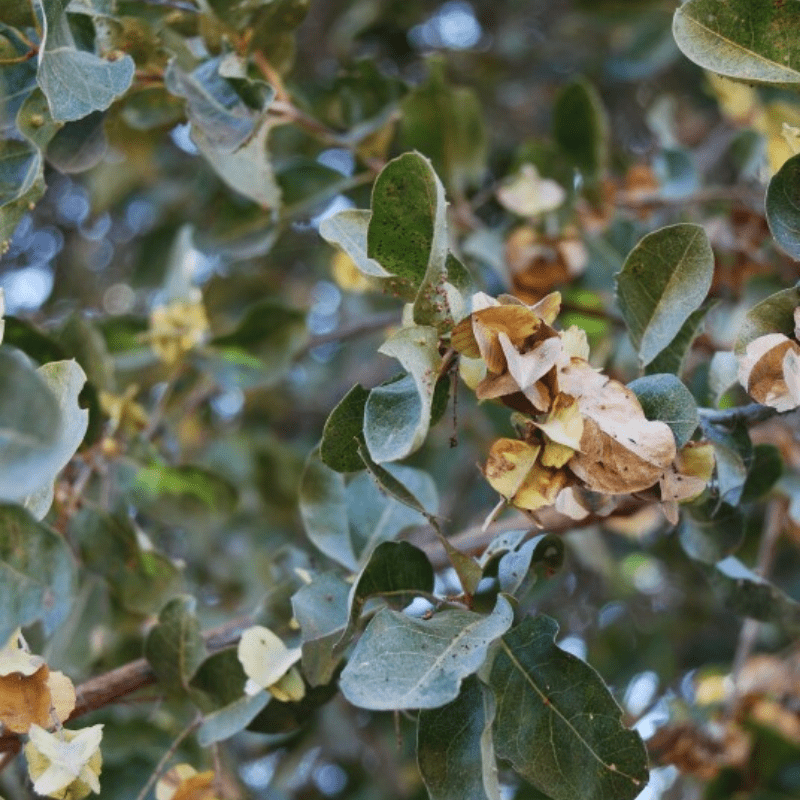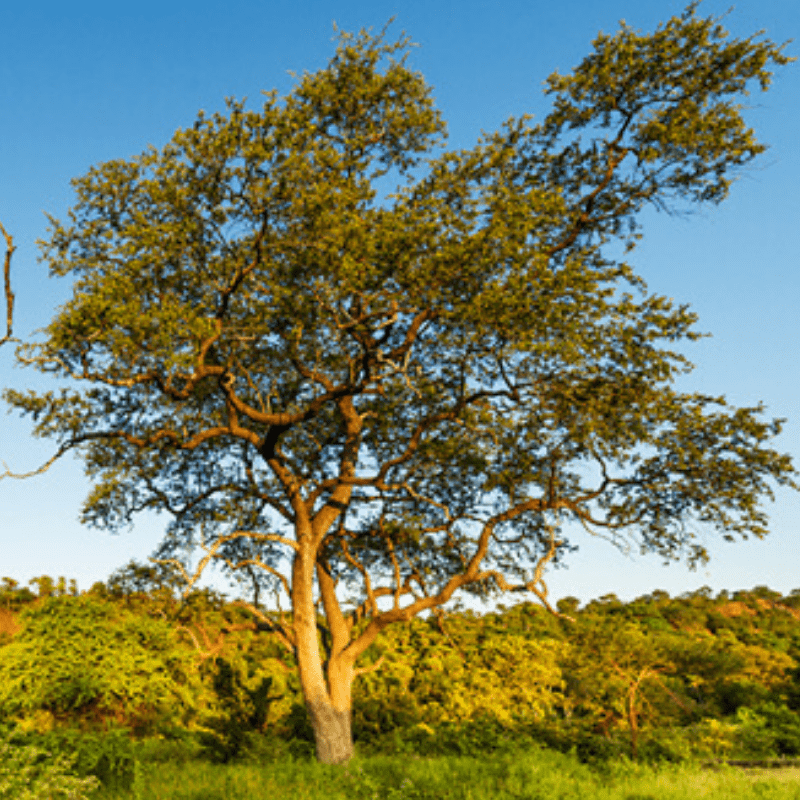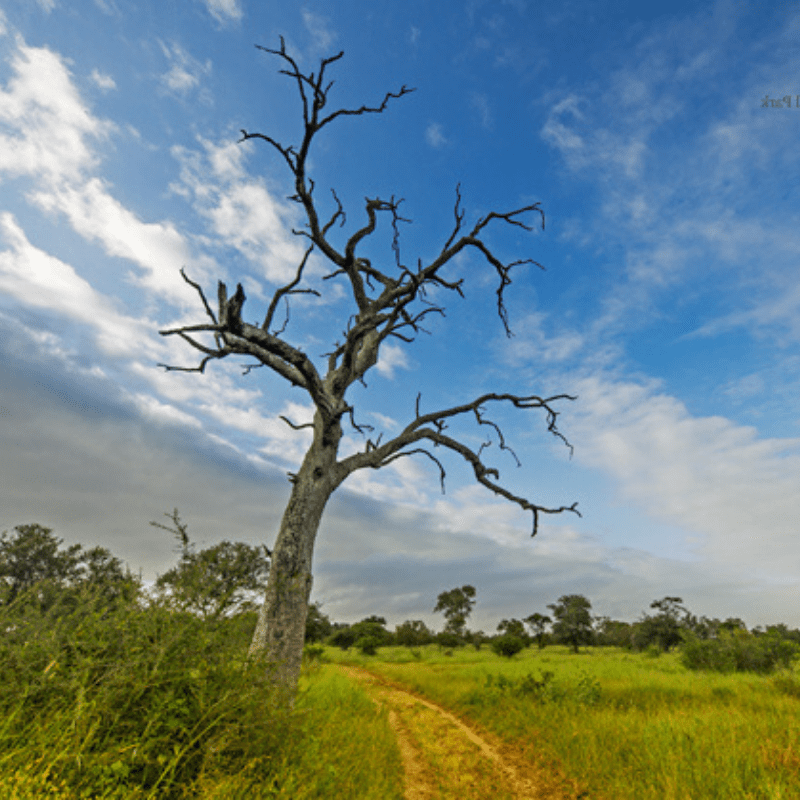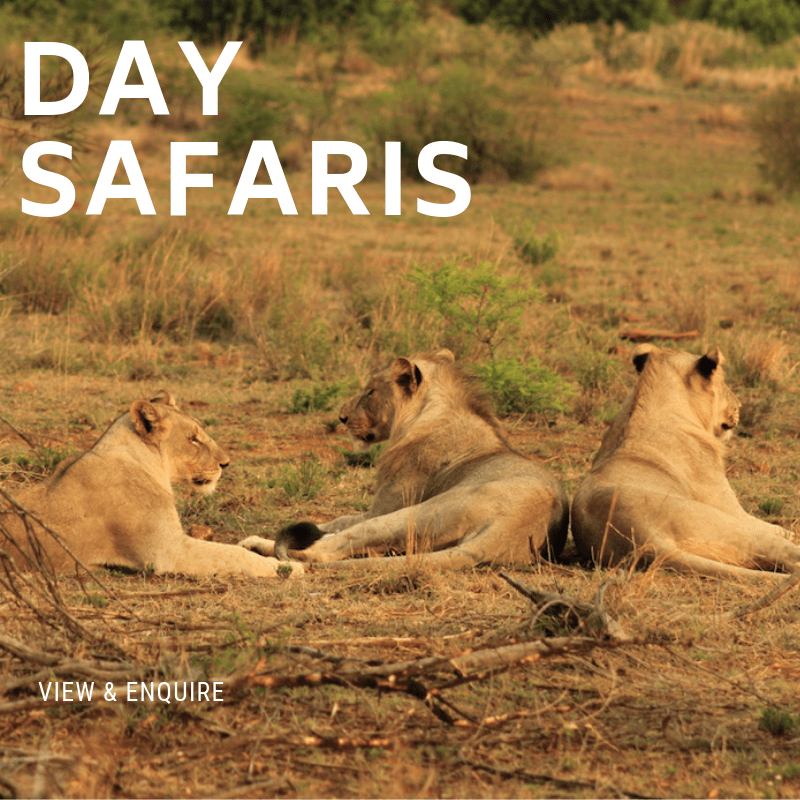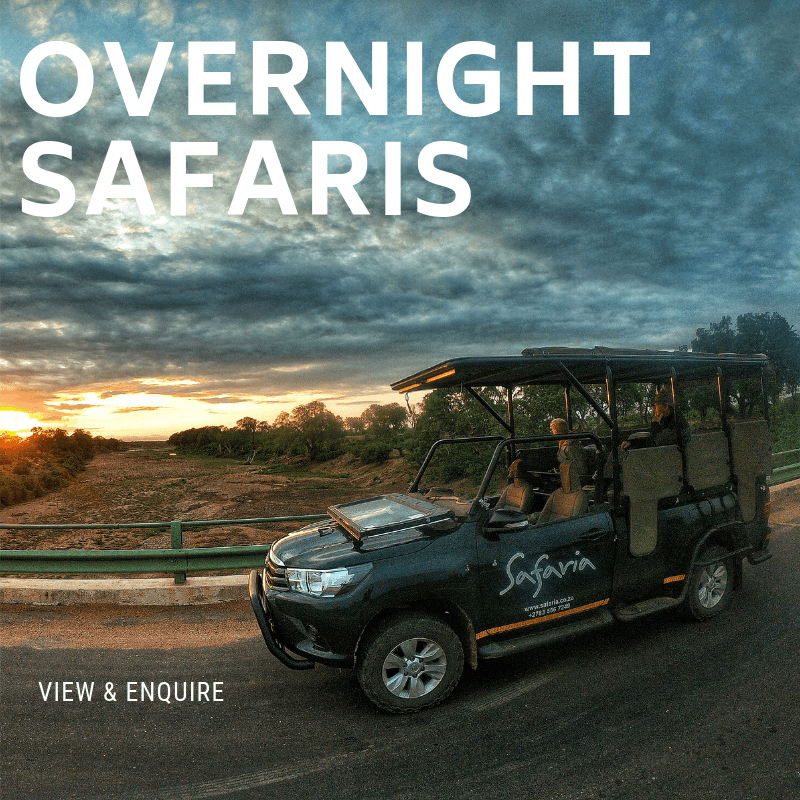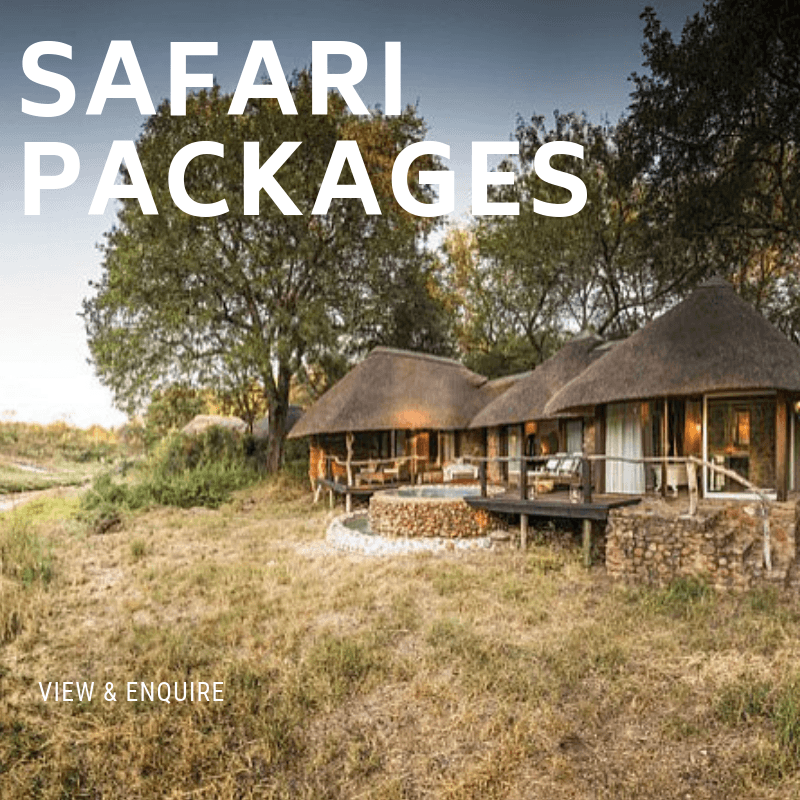Leadwood Tree
(Combretum imberbe)
Family: Combretaceae
Common names: leadwood (Eng.); hardekool (Afr.); motswiri (Pedi); ummono (Sotho); mondzo (Tsonga); motswere (Tswana); umbondwe omnyama (Zulu); mohwelere-tshipi (Northern Sotho); muhiri (Venda); omumboromboga (Herero)
SA Tree No: 539
Description
Another magnificent Kruger Park tree and possible our favourite, the mighty Leadwood is a medium to large tree that is semi-deciduous tree and grows up to a height of 20 meters. The Leadwood (Combretum imberbe) is by far the largest and the tallest of all the South African combretum species. It has a wide spreading canopy but is extremely slow growing. Its bark is light grey in colour and resembles something like stone and snakeskin which is incredibly hard to the touch but make identification easy. Dead branches and shoots will often remain on a mature tree due to the density and strength of the wood.
The leaves are simple and arranged opposite each other. They are broad and have a elliptical to oval shape with a wavy margin. The flowers are a creamy to creamy-yellow colour and are sweet smelling. The long slender spikes grown in the angle formed by the leaf.
The Pods or the Leadwood are 4-sided, characteristic of the combretum family. This means they have 4 wings and are yellow green in colour becoming pale brown with age.
Sacrificial branches are characteristic of the Leadwood and occurs in the lower branches of the tree. This smaller branches that are low down don't play a role in photosynthesis and as such can be sacrificed. The branches die and remain on the tree but form an impenetrable barrier to climbing mammals and so its not common to find Leopard for example sleeping or hoisting a kill in Leadwood.
The Leadwood is one of the heaviest woods found in the Kruger with a weight of 1,200kg/m3. This heavy wood sinks in water and cannot float but is wonderfully termite resident and if worked it can be used very effectively for housing. There are roughly 50 Leadwood trees in Kruger that have been carbon dated and said to exceed 3000 years old of which more than half of that they have been dead.
Derivation of name and historical aspects
The species name, imberbe, is derived from the Latin name referring to the lack of hairs on the plant. Combretum means climbing plant in Latin according to Pliny, and the common name leadwood refers to the heaviness of the wood.
Ecology
Although not a species that is regarded as a great food resource by mammals, the leaves are eaten by Kudu, Impala, Grey-duiker, Elephant, and Giraffe. A species that prefers sweeter nutrient dense soils, the presence of leadwood in the savanna does indicate that the grazing is preferential for the plains game.
Uses
Because the wood is so dense it burns for a very long time and creates the best coals to preserve fire as well as cook on. These coals can last up to 12 hours. The ash produced is high in lime and very abrasive and is used as a paste to clean teeth. When mixed with milk it also produces an effective white wash that is housed on primitive and simple dwellings to preserve the exterior and reduce levels of insects.
This wood is not easy to work because of its density so its not used for furniture however it is suitable for grain mortars. It has been effectively used for mine support trusses as well as a wooden "hoe" before steel was used.
The Leadwood has been used medicinally, the inhalation of smoke from burning leaves is used to relieve a cough and the common cold. The flowers can also be used as a cough mixture. The leaves are believed to have magical powers. For treatment of diarrhoea and stomach pains, root decoctions are used. A combination of roots and leaves are taken against bilharzia. Root bark that is boiled in water is used for tanning leather. The gum that exudes from damaged areas on the stem is edible and forms part of the diet of the Bushmen. Leadwood ash is used as a toothpaste. The wood is very hard and tough, and burns very slowly with intense heat. Africans used this wood to make hoes before metal was discovered. The trunk was used to build an enclosure (kraal ) and grain stamping mortars and these days it is used for furniture and sculptures. The tree has special cultural and religious importance to the Ovambo people of Nambia. The leaves and fruits are used in white magic.



